How long does it take to charge a Tesla fully?
Battery operated cars are the new innovation in the automobile industry, and none other than Tesla is leading this race with unique designs in the market.
People are turning to battery-operated cars because they are safe for the environment, which in turn provides better air for people to breathe.
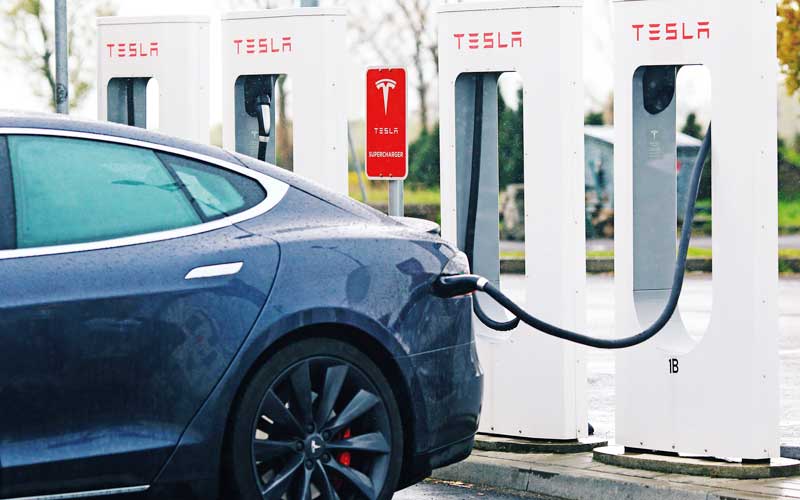
Since many years gasoline engines have ruled the industry, and their fuel stations are scattered everywhere; you will find a station after driving for less than a mile now.
But with electric cars, this is not possible since the technology is new hence there are only a few charging stations across the city.
In many cases, when you leave your house with a charge of up to 80%, you constantly hope that the car reaches the charging station because there are very few of these stations and are located miles apart from each other.
How much does it cost to charge a tesla?
There are various aspects that come into play when you want to fully charge a Tesla so let’s get into them.
1. Model
The Model of your Tesla plays a major role in the charging aspect because every Model and type of Tesla comes with a different type of battery.
For example, the Tesla Model S comes in either a standard 60kWh, lithium-particle battery, or a 85 kWh unit. In most cases, a Model S would have at least a single local charger reducing its charging time.
If you have the standard 60 kWh battery, you get a range of 232 miles while the more dominant 85 kWh gives 300 miles range.
However, to have a considerably fast charging time, you’ll need to spend an extra $10,000. You’ll need to have an additional 110-volt attachment which charges at a pace of 5 miles per hour, hence giving a 300-mile charge after 52 hours.
On the off chance that you need to charge for shorter periods, at that point, use the 240-volt attachment, which gives 31 miles for an hour of charging. Hence, charging for 300 miles will cost you 9.5 hours only.
To charge your Tesla model quick at some point, get twin chargers in the vehicle and attach them to a divider mounted 90-amp, 240 volts divider connector.
This will increase the charging time to 62 miles for every hour, and for 300 miles, it will take you 4 hours and 45 minutes. It is this framework that empowers Model S proprietors to charge quicker than the rest.
For most of open electric charging stations, you can charge at a pace of 22 miles for every hour. On the off chance that you have a Model S that has supercharging in it, you can charge for 300 miles within 60 minutes only. This is because of the 480 volts, 120 kWh super chargers at Tesla Supercharger stations.
2. Charging at home
The time it takes to completely charge your Tesla model will be dictated by the charging framework that you have at home and how full your battery is currently.
This means that it can take you somewhere close to one hour to 12 hours to charge your Tesla based on your framework. At the point when you head to a Tesla shop, you will be issued a portable charging line and three connectors.
One of the connectors is for use at Tesla stations as a special connector for superchargers; the other is a 240-volt divider outlet and the third is a standard divider outlet.
This is for all Tesla Models X and S. The slowest charging framework is the NEMA 5-15 that fits to standard outlets. You can use this charging framework for medium-term charging because it gives 3 miles for every hour.
The NEMA 14-50 is similar to what you use in your garments dryer and can be attached with a 240-volt divider outlet.
With this charger, you can charge your Model X within 10 ½ hours. You can also redesign your home charging unit and get between 6 to 10 hours charge for 300 miles. Talk with your circuit tester for the redesign.
3. Cost of charging the tesla
Charging costs range from as low as $6.60 in Washington to as high as $21.00 in Hawaii. The expense of charging is determined by cost of power at the time at the location.
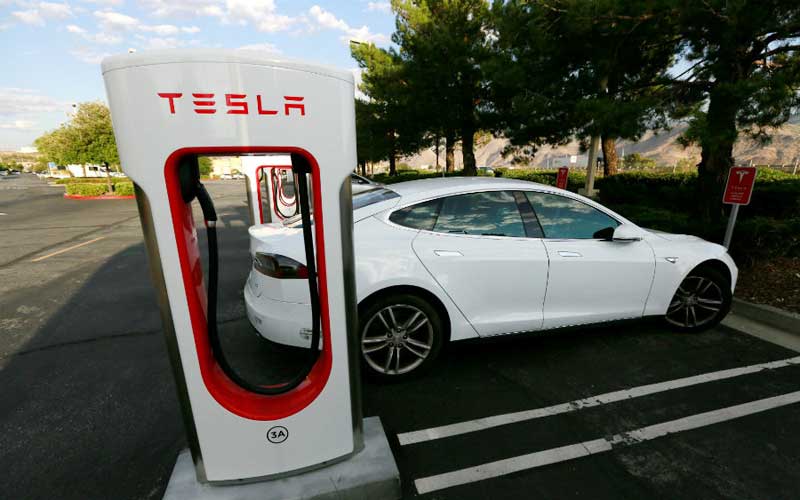
In the event that you need to get lower charging times, it is reasonable to install sunlight-based boards at home.
You can even resupply additional power that you generate to the national grid and win credits. Sun-powered boards require a lot of capital investment upfront, yet you should equal the initial investment after seven to eight years.
You can then hope to utilize them for the following 20 years.
If you want to amplify your charger for any Tesla model, at that point, you have to embrace new driving habits.
This will include not turning the wheels constantly and not pressing the acceleration excessively hard. It is known that a Li-particle battery will encounter a 5% reduction in efficiency after the vehicle has accomplished more than 50,000 to 80,000 miles.
As should be obvious, the battery has a long-life expectancy; however, just if you use it well enough. The one thing you need to be mindful of is to keep away from completely charging your battery constantly.
Possibly charge to 100 percent when you are doing long outings however, generally charge your battery to 90%. The discussion is still on as some enthusiasts suggest 75% and others 50% charging at most.
In any case, how regularly you use the vehicle and mileage required before charging station are key factors that determine battery life.
Tesla has a great application that you can use to see your charge limit. This will help in the increasing the life of the battery.
Difference between tesla and other battery-powered cars.
There is a huge difference when it comes to battery-powered cars and Tesla; the main difference between Tesla and other companies is that Tesla is the only company in the automobile industry to only make electric vehicles.
Tesla is the only one as of now ready to make a battery that can withstand 150 kW+ charging at a sub $70,000 cost point. Every other vehicle under this value, as of now at most has a quick charging pace of 80 kW.
Tesla is the only one in particular who has (close) full oversight of their store network, and the one in particular who has no limit to their battery generation.
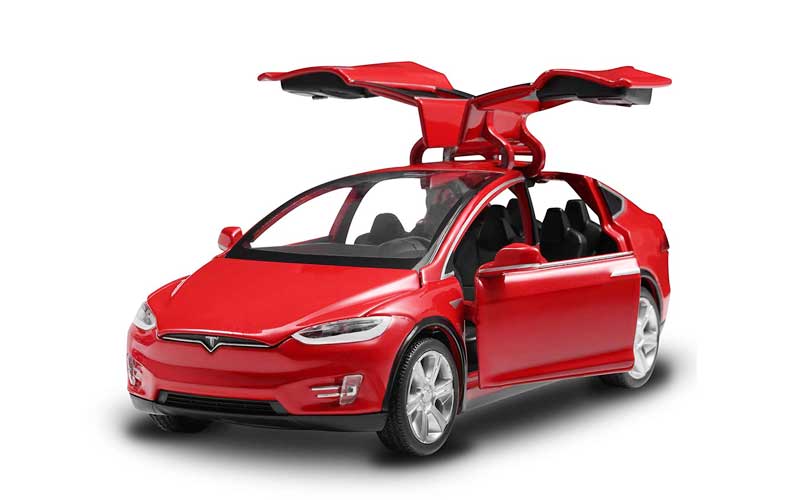
Every other company is dependent on other suppliers for key components which means they are bounded by their supply chain network to only produce limited quantities of electric vehicles.
Tesla also has the most elevated powertrain productivity, derived from battery, wire saddle, and engine structure. This is the reason Tesla has insane speed in their vehicles even contrasted with different EVs.
All these reasons ensure that Tesla is the only company which has ranges over 300 miles, which isn’t as of now accessible for other car manufacturers.
All other EV creators are either existing creators of non-EVs or hybrids. They are just fiddling with EVs and are unlike Tesla that is centred around EVs only. The other EV creators don’t yet have Tesla’s size, image acknowledgment, or generation limit within EV industry.
Tesla’s net revenues aren’t that good as of yet. Yet, signs are Tesla shares an edge on EVs over its competitors and other players in the market.
Final Thoughts
There are four sorts of chargers that accompany a Tesla model – divider connectors, NEMA 5-15, NEMA 14-50, and Tesla Superchargers.
The slowest is the NEMA 5-15, and the quickest is the Tesla Superchargers. The divider connectors allow you to charge your vehicle at home.
By and large, it will take you 10 hours to completely charge your Tesla on the NEMA 14-50 fittings through a 240v outlet. The expense of charging your Tesla will be determined by the electricity prices of the city or the state you live in.
If you want to get rid of this cost together, you may opt for the solar panel charging, which is also environment-friendly and does not cost a huge amount of money every time you want to charge your battery.
The solar panel will only cost you a huge amount in the first year of its installation, but you will be able to breakeven in just a few years.
The estimated life of a good solar panel is around 20 years, and you should not replace it before that until and unless it is an emergency or it has a malfunction.
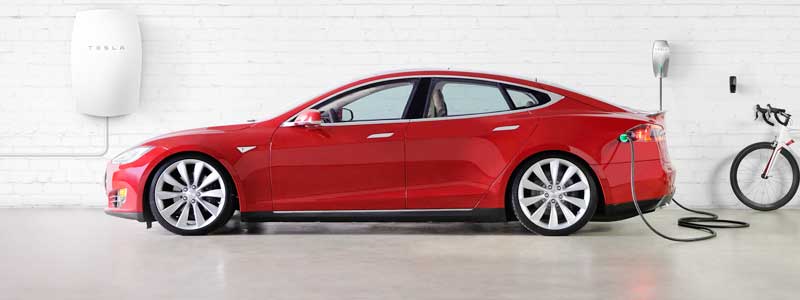
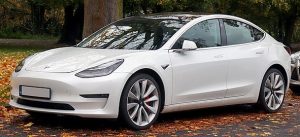
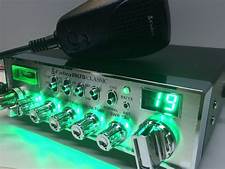



Post Comment